How Far Is the Moon?
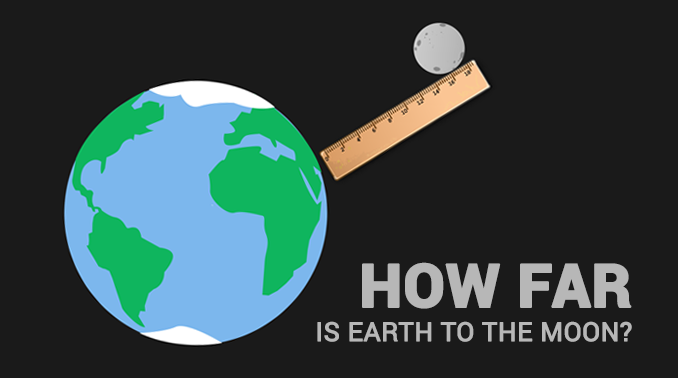
If only there was a ruler long enough to reach the moon
How far away is the moon? It’s not as easy to answer as you think because the moon has an elliptical orbit.
This means it’s not a constant distance away. But we can average it out.
If you take an average distance, the moon is approximately 238,855 miles (384,400 km) away from the Earth.
So, it varies between 225,622 miles and 252,088 miles due to its elliptical orbit. This distance is equivalent to the “lunar distance” measurement.
How do we know how far away the moon is?
Astronauts from 3 of the Apollo missions placed special reflectors on the lunar surface. Using these reflectors, we can determine with extreme precision how far away the moon is.
These retroreflectors consist of an array of precisely aligned corner-cube prisms that bounce back incoming light or laser beams directly back to their source, regardless of the angle at which the light hits them.
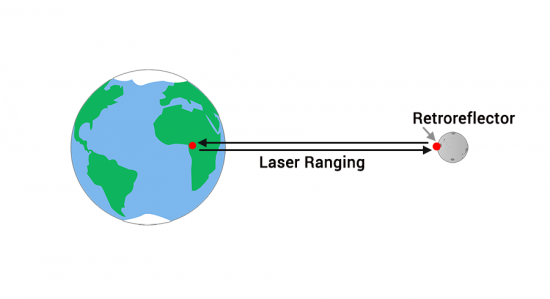
This ingenious technology has enabled scientists on Earth to carry out a precise and ongoing experiment in lunar laser ranging, allowing for the highly accurate measurement of the Moon’s distance from Earth.
In fact, we know the moon is ever so slightly moving away from the Earth by about an inch and a half per year.
How far is the moon?
Now you know that by precisely timing the round trip of laser beams from Earth to the Moon and back, researchers can calculate the distance to the Moon with exceptional accuracy.
That’s how we know that the moon is about one-quarter of 1 million miles away from Earth. It’s such a big gap that you can just about fit all the 7 other planets in our solar system in between.
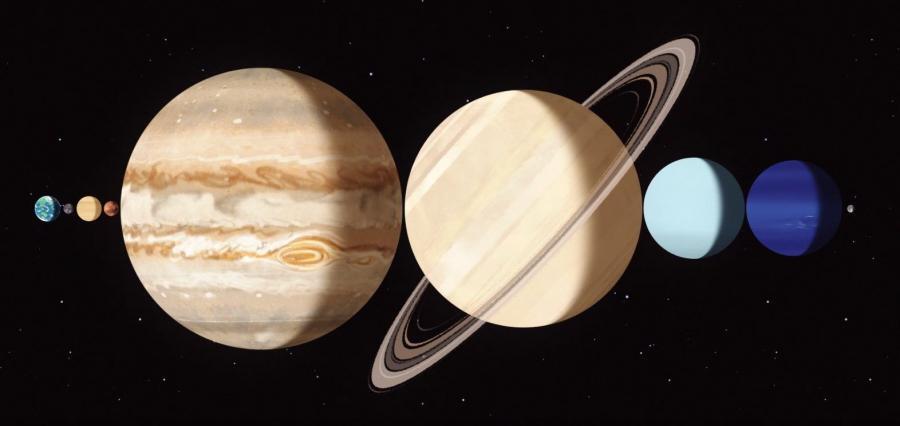
That’s right. We can almost squeeze Mercury, Venus, Mars, Jupiter, Saturn, Uranus, and Neptune in between Earth and our moon.
This highlights the Moon’s relatively close proximity to Earth but also shows the immense emptiness of space within our solar system.
This seemingly vast gap is so expansive that it provides an intriguing perspective on the relative distances within our solar system.

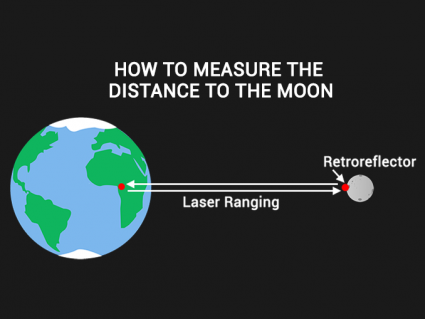
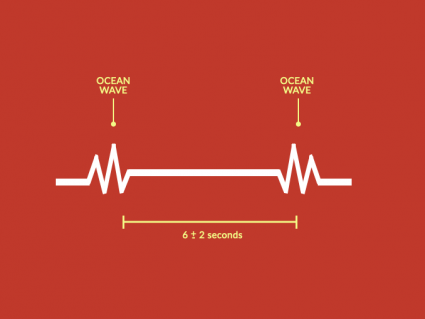
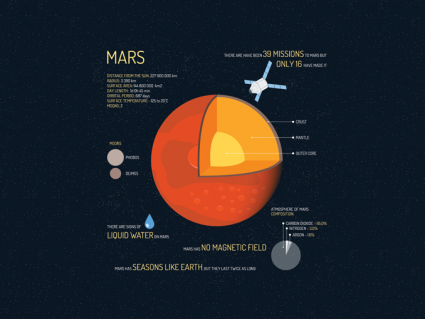
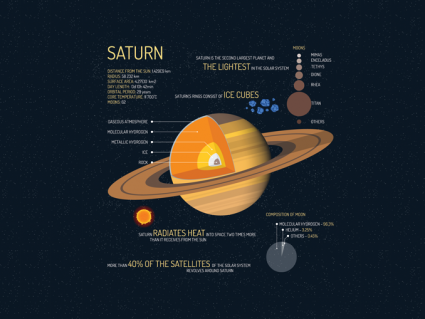

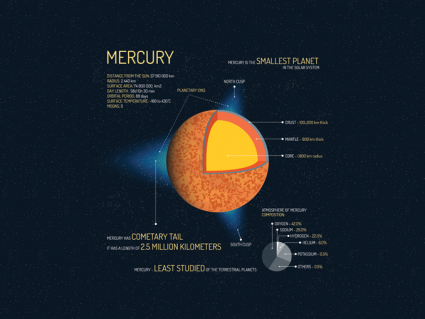

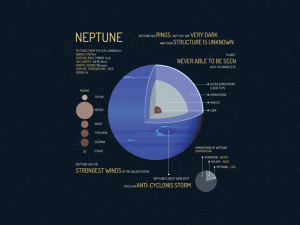
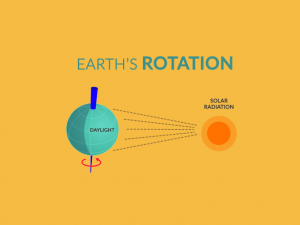
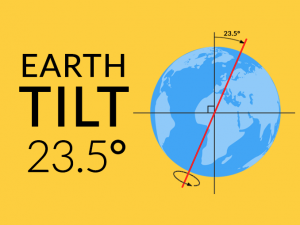
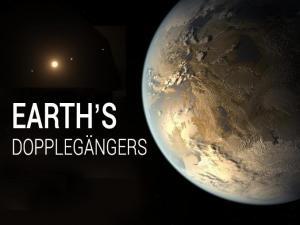
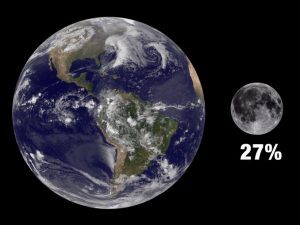
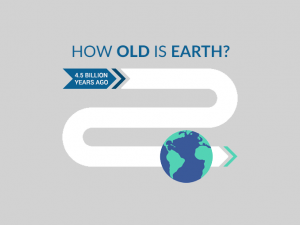

The moon is about 500000000 miles from the earth
two lasers on the poles, and measuring the angle to the iss reflector then the distance from the pole to pole, and the same for the equators and should give the exact distance of the curvature of the earth. a radar refection, and laser, is too distant to measure